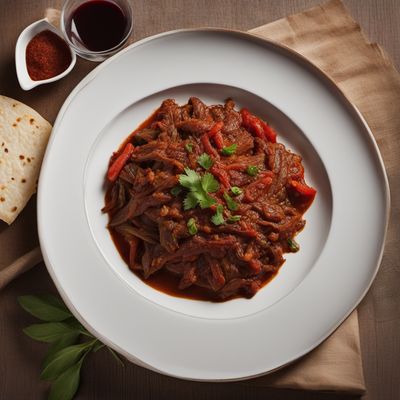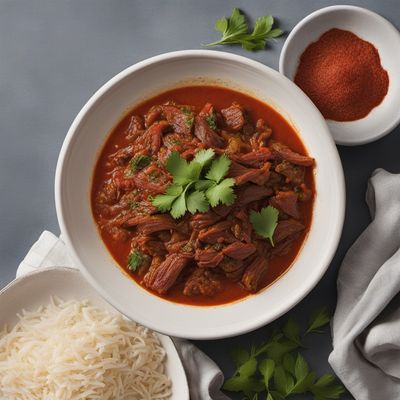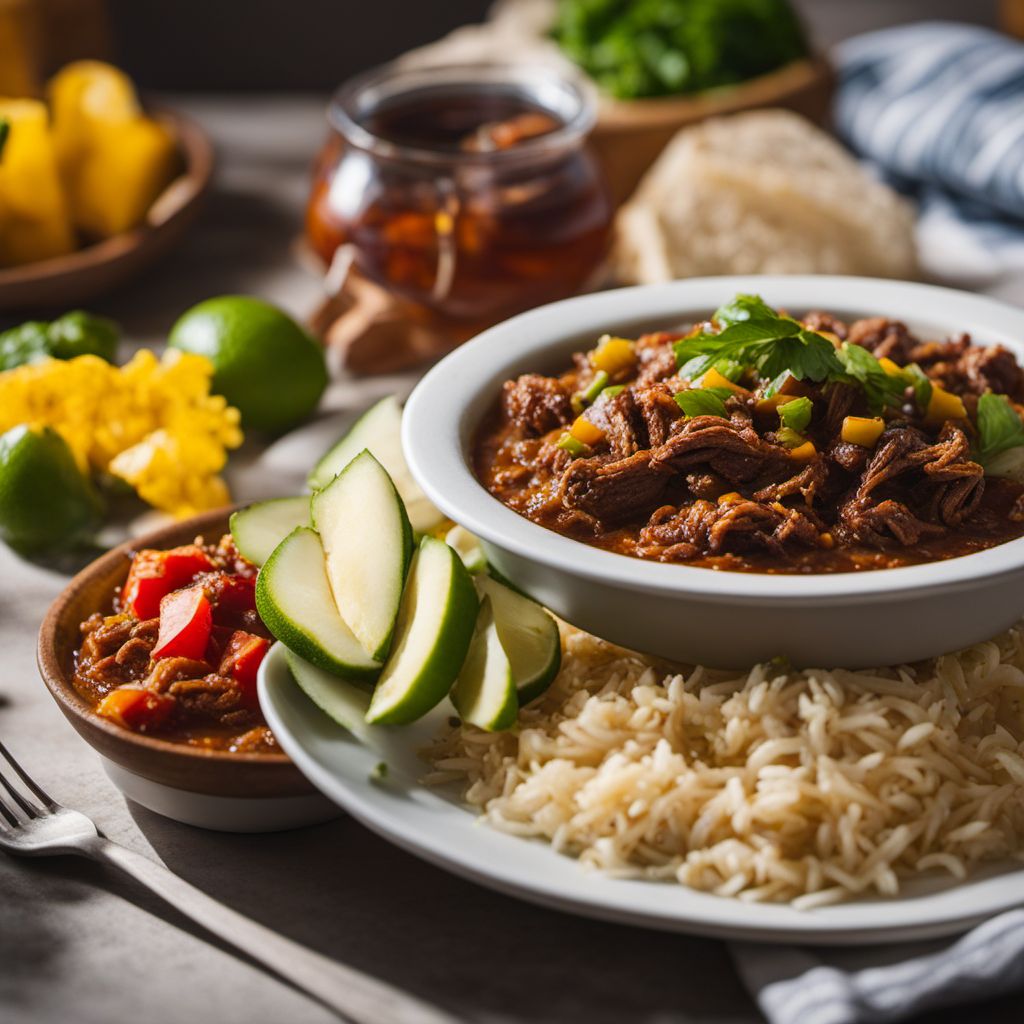
Dish
Ropa vieja
Ropa vieja is made by slow-cooking flank steak until it is tender enough to shred. The shredded beef is then cooked with a sofrito of onions, peppers, and tomatoes, along with spices like cumin and oregano. The dish is typically served with rice and black beans, and garnished with fresh cilantro. Ropa vieja is a comforting and satisfying meal that is perfect for a cold winter day.
Origins and history
Ropa vieja is believed to have originated in the Canary Islands, and was brought to Cuba by Spanish immigrants. The dish has become a staple of Cuban cuisine, and is also popular in other Latin American countries.
Dietary considerations
Ropa vieja is a high-protein dish that is also rich in iron and vitamin C. It is not suitable for vegetarians or vegans, and may not be appropriate for those with certain dietary restrictions or allergies.
Variations
There are many variations of ropa vieja, with some recipes calling for additional ingredients like olives, capers, or raisins. Some versions also use chicken or pork instead of beef.
Presentation and garnishing
Ropa vieja is traditionally served in a deep bowl, with the rice and beans on one side and the shredded beef on the other. The dish can be garnished with fresh cilantro or a squeeze of lime juice.
Tips & Tricks
To make the dish even more flavorful, try marinating the beef in a mixture of lime juice, garlic, and cumin before cooking. You can also add a splash of vinegar or a pinch of sugar to balance the flavors.
Side-dishes
Ropa vieja is typically served with rice and black beans, but can also be paired with plantains or yuca. A side salad of avocado, tomato, and onion is also a common accompaniment.
Drink pairings
Ropa vieja pairs well with a variety of drinks, including red wine, beer, or a classic Cuban mojito.
Delicious Ropa vieja recipes
More dishes from this category... Browse all »

Aab gosht
Indian cuisine
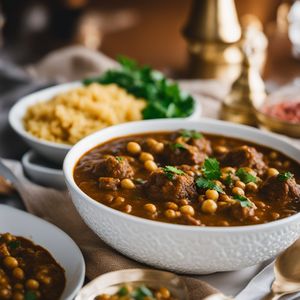
Abgoosht
Iranian cuisine
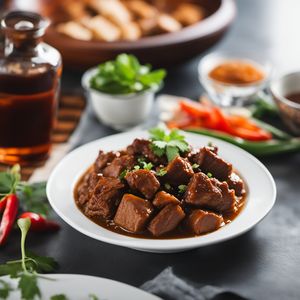
Adobo
Filipino cuisine
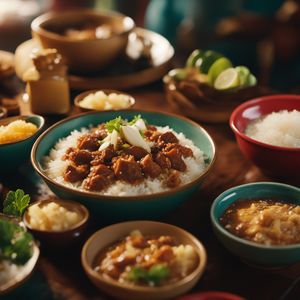
Adobo sa gatâ
Filipino cuisine

Adobong baboy
Filipino cuisine
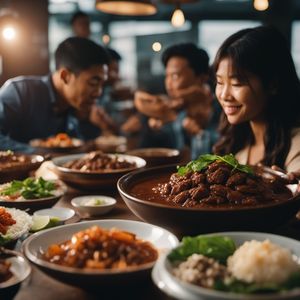
Adobong baka
Filipino cuisine

Adobong dilaw
Filipino cuisine

Adobong hito
Filipino cuisine
More cuisines from this region... Browse all »
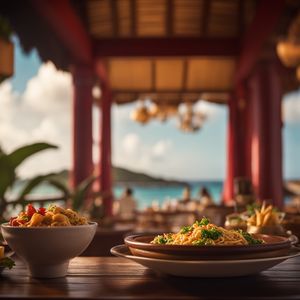
Anguillan cuisine
Spicy, Savory, Sweet, Tangy, Smoky

Antigua and Barbuda cuisine
Spicy, Savory, Sweet, Tangy, Smoky

Bahamian cuisine
Spicy, Savory, Sweet, Tangy, Smoky
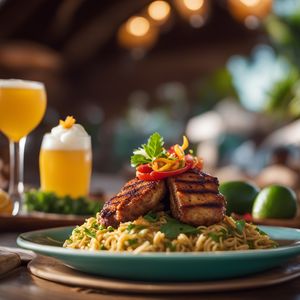
Barbadian cuisine
Spicy, Savory, Sweet, Tangy, Smoky

Bermudian cuisine
Savory, Spicy, Tangy, Sweet, Salty
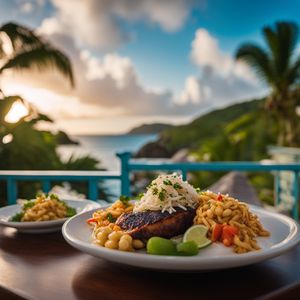
British Virgin Islands cuisine
Savory, Spicy, Tangy, Sweet, Salty

Cayman Islands cuisine
Savory, Spicy, Tangy, Sweet, Salty
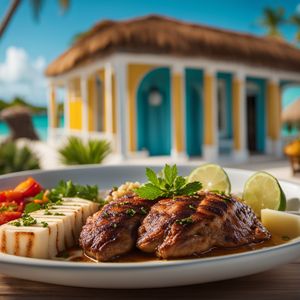
Cuisine of the Turks and Caicos Islands
Fresh, Simple, Flavorful
